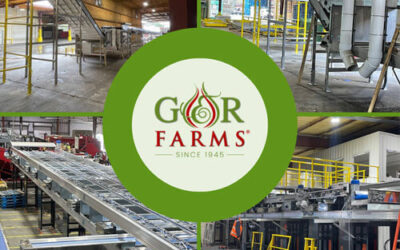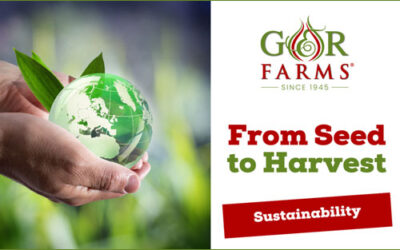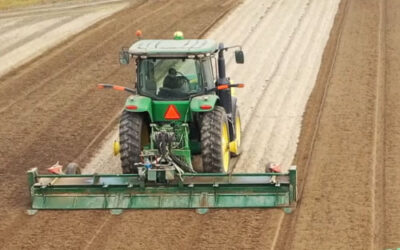By Cliff Riner, Director of Crop Research & Development.
Our certified organic Vidalia onion acreage was planted in early December, we are excited about the fields that we have rotated to this year and what potential they bring. Our goal with the variety selection should match what our customers aim to provide their shoppers, having good flavor and volume as early as possible, and followed by onions that will keep in storage to stretch the marketing window out as long as possible. So far, we have seen a good plant stand. The plant stand is basically the number of plants that survive the planting process and early winter. This should translate into good yield per acre and a large supply for you and your shoppers.
Challenges faced:
Our challenges have been cooler weather. What does this do? Cooler weather makes a better onion! But as the farmers, we want to see the crop grow fast and not slow down. Our experience and science tell us that the slower the onions are to begin the season, and especially during the winter months the better the quality and yield will be. As you will see in these photos, we are making the root system during this cooler weather, and once the soil warms up the plants will take off and size up nicely. Our main challenge we face is being patient, and allowing mother nature to be in control. So, I am very pleased where we are right now, because the establishment they are getting now should pay off later.
Management ahead:
The future of this crop will be in what we do to help it reach its potential. My job is to make sure nothing is in the way or holding back the crop as it does grow. We are in the process now of monitoring the soil health and nutrition with conducting soil analysis and scouting. We also monitor the nutrition level of the plants to make sure we notice any changes as the season progresses. When we do these samples, we separate parts of the fields based on soil type and onion varieties, so we only apply what is needed where it is needed. This detailed management helps keep our product consistent in appearance and flavor. We strive to make these organic onions the best we can, and it takes a tremendous amount of record keeping and analysis of data. Most importantly however, you must let the land do the work and we strive to keep our land in the best shape possible.



